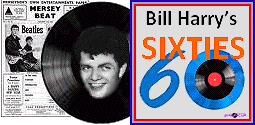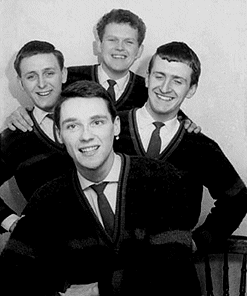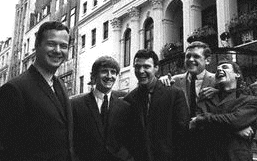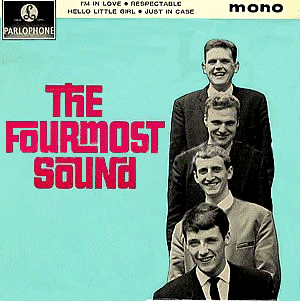|
Brian (Owie) O'Hara and Joey Bowers originally teamed up
as The Two Jays at the age of thirteen, performing for a season
at the Isle of Man. They were joined by Billy Hatton and Brian
Redman and, in September 1959, called themselves The Four Jays.
Owie played lead, Billy was on bass, Joey on guitar and Brian
on drums. The three guitarists also vocalised. The group had a
rock/jazz/comedy act, but each member was pursuing a career and
initially decided to remain semi-pro. Joey turned down an offer
to join Jan Ralfini’s Band at the Locarno, Billy turned down the
opportunity of backing his friend Billy Fury, Owie the offer of
joining a television group and Brian a position with the Nat Allen
Band.
|
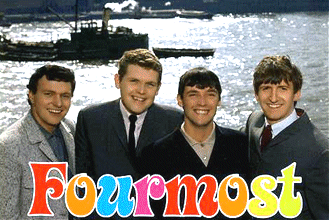 by Bill Harry |
